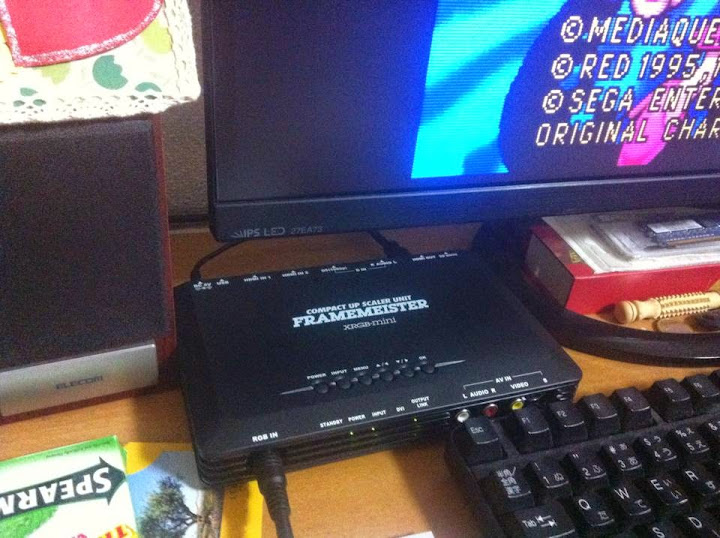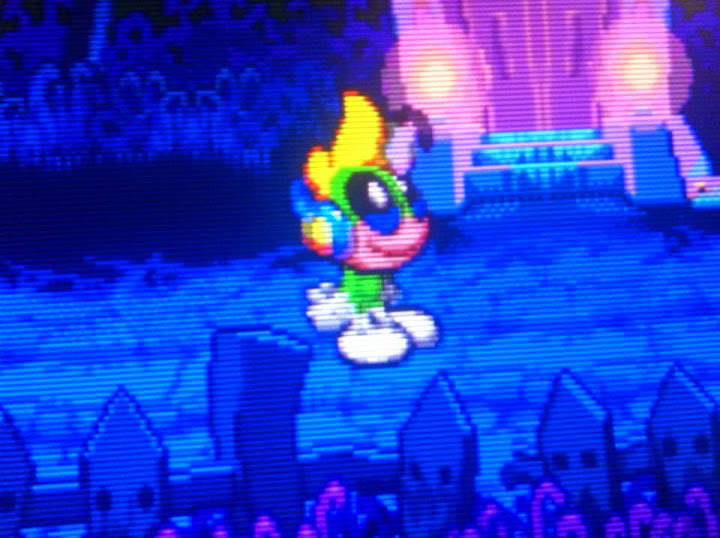So, I've looked around all sorts of places and can't seem to find the exact solution I'm looking for.
I have a 36" 4:3 Panasonic TAU HDTV that looks fantastic in every respect other than it doesn't have scan-lines when playing my older consoles. My 6th Generation systems are all hooked up via component cable to my Onkyo receiver and then to the TV via component out. I have all of my 5th Generation and earlier systems hooked up via composite/s-video to a switch that then goes into my receiver that then up converts it to component to my TV. Again, this looks amazing other than missing the scan-lines.
Is there anything that I could use to simply just add scan-lines to my 5th Generation systems image? Or does it have to be more complicated than that? I've looked into the slg-in-a-box, but its output is VGA and my TV doesn't have VGA. Should I just convert that back to component again or would so many conversions deteriorate the image or add significant lag?
....Also, long time lurker first time post.















